I had the honor of attending the International Commission for Alpine Rescue meeting in Soldeu, Andorra in October 2017. I represented an eight-person delegation from the U.S.A. Mountain Rescue Association. In addition to our delegation, some 50 countries were represented in the 400-person meeting. The meeting was divided into four commissions: avalanche, terrestrial (high-angle rope rescue), aviation, and mountain emergency medicine. Here is a brief synopsis of what I felt was interesting.
AVALANCHE
Airbag backpacks are proliferating. Carbon cartridges are the norm in Europe because they save weight but these are not available in the U.S. due to gas import restrictions. Most U.S. models will be available with refillable compressed air, via scuba tank, including those from Mammut, Arva, and Ortovox. There’s a trend for the balloon to wrap around the head/neck to possibly prevent trauma, but there’s no data yet to support this. The Pieps/Black Diamond Jet Force fan airbag deflates after burial to possibly create an airpocket, but again, no data. A new Aerosize – a Polish company – airbag comes in a separate pack that can be used with any backpack.
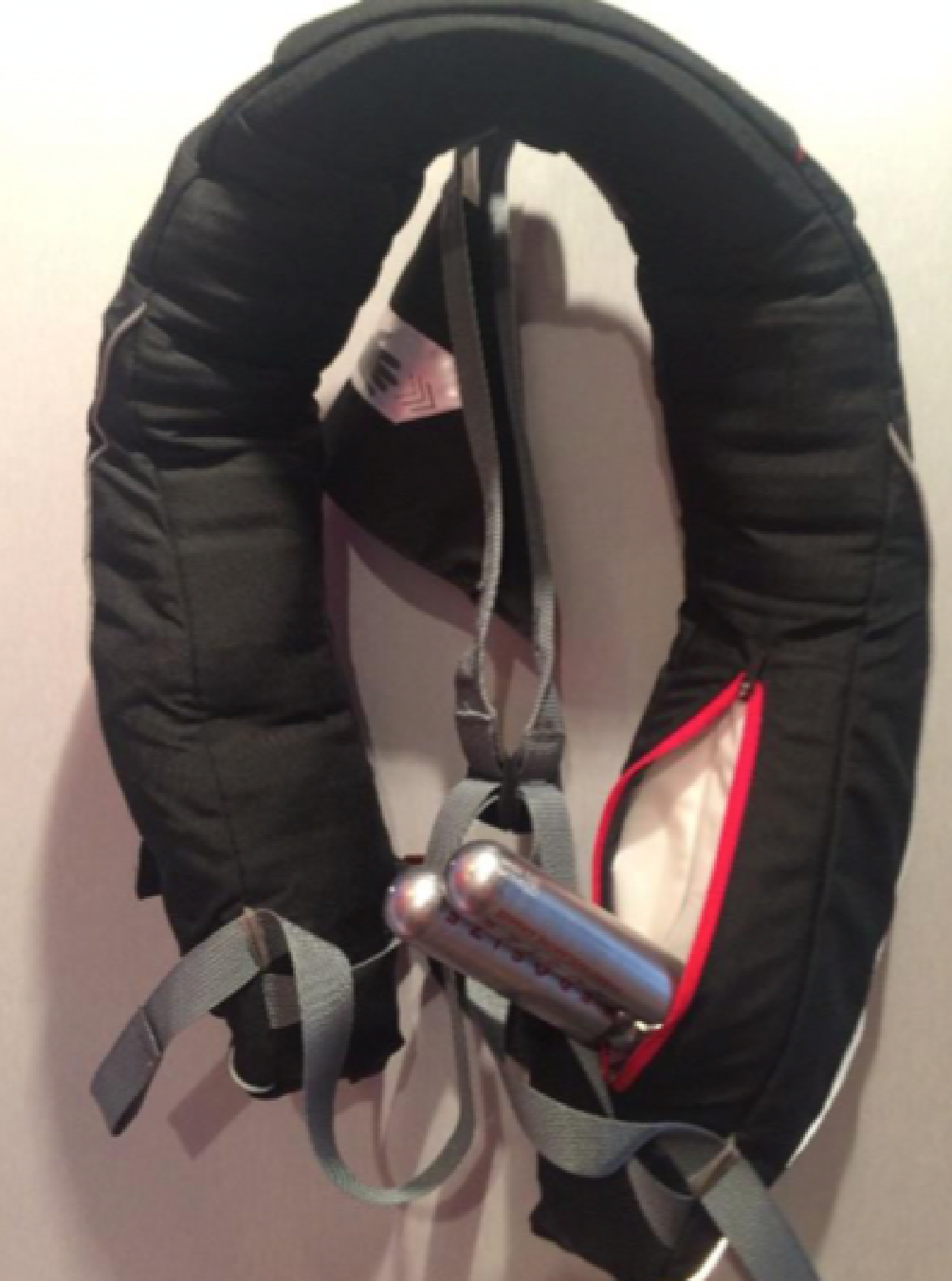
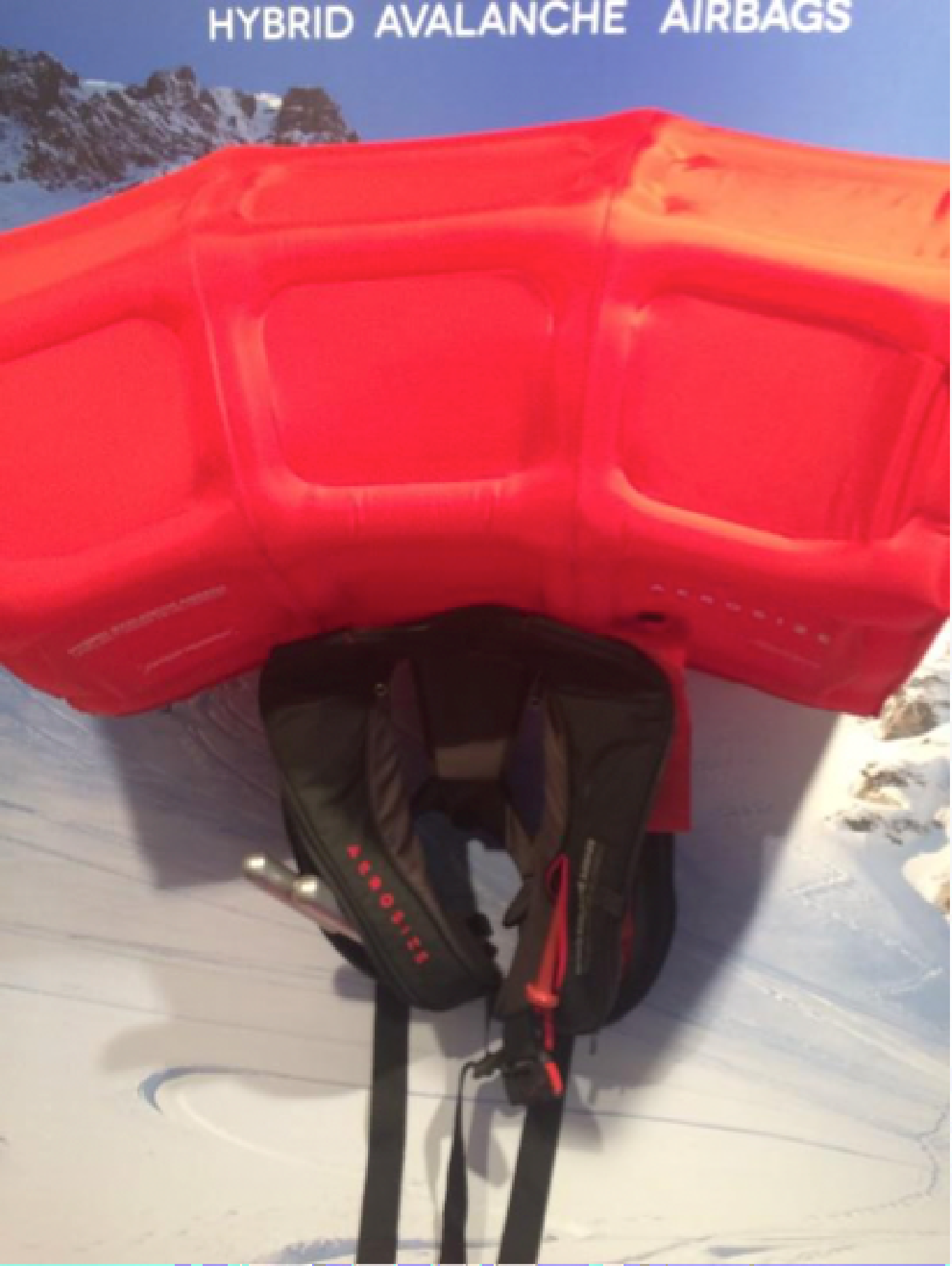
Polish airbag
Besides airbags, several teams, including those from Wyoming, U.S. and Switzerland, focused on avalanche prevention with sponsors to produce blogs, posters, videos, and social media.
Reference: backcountryzero.com from Teton County SAR.
TERRESTRIAL
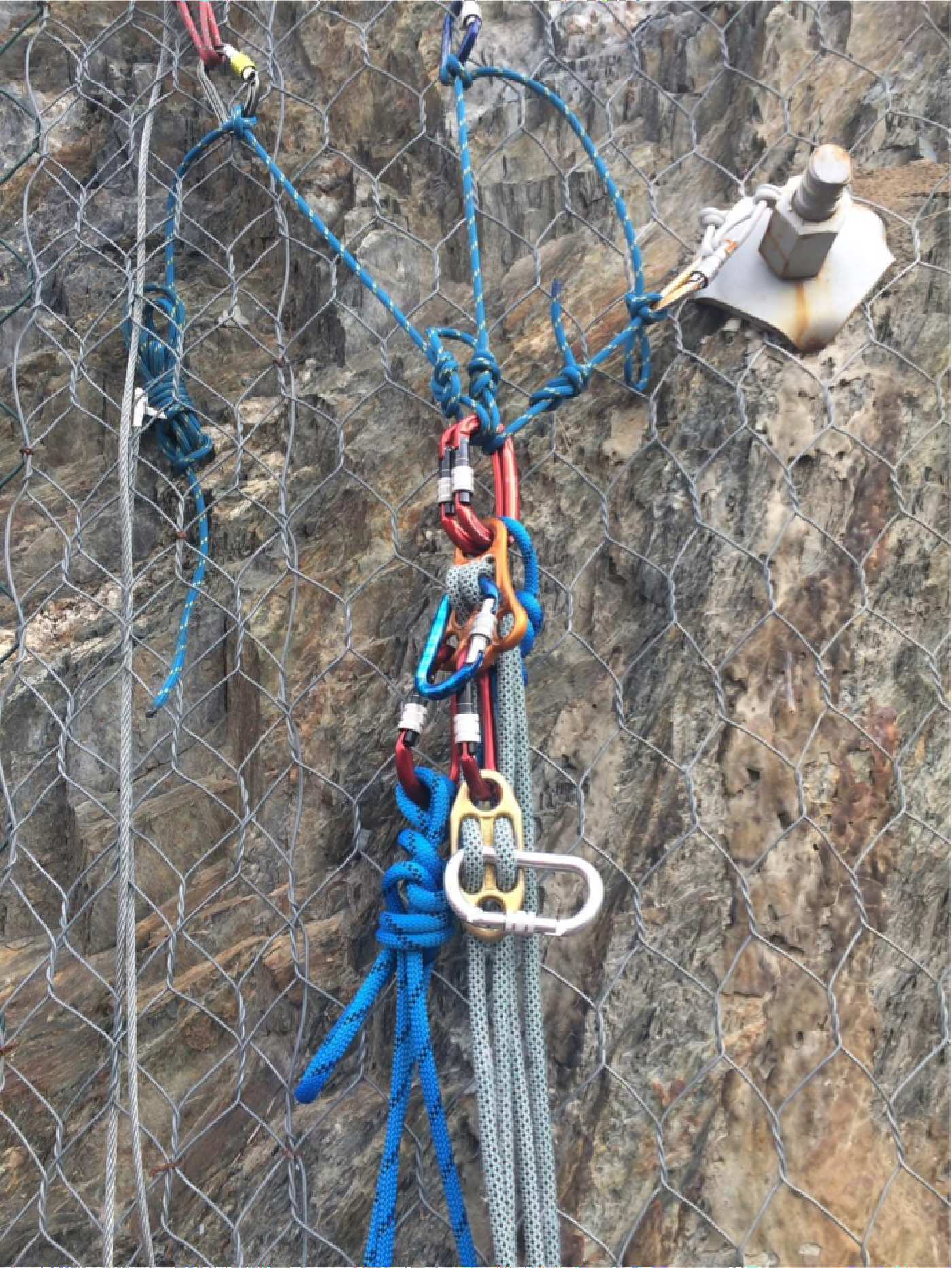
Kong Gigi plate for standard belay. Blue line is a bolognese autolocking knot instead of a prussic
Italians with 7,000 responders for alpine, canyon, and cave rescues gave both a demonstration and a series of lectures that discussed simplicity. They keep gear universal so all stations have exactly the same gear. They follow ICAR recommendations of 3-stage autolock biners and 10 mm ropes. They do not use mechanical devices since the devices tend to have problems with frozen, wet, and dirty ropes. They showed two autolock knot alternatives to a prussic, called bolognese and taz knots. For rappel/belay, they use the Kong Gigi for one person and the Kong Totem for heavier loads. Sometimes they use a W configuration with no breaking devices other than carabineers. They use flat, single overhand bend to tie ropes together with a 40-60 cm tail, which is easy to pass over the edge and through carabineers. ICAR recommends flat single overhand bend for low-tension, and double fisherman for air or high tension to connect ropes. Many used Petzl direct connect instead of Purcell prussics.
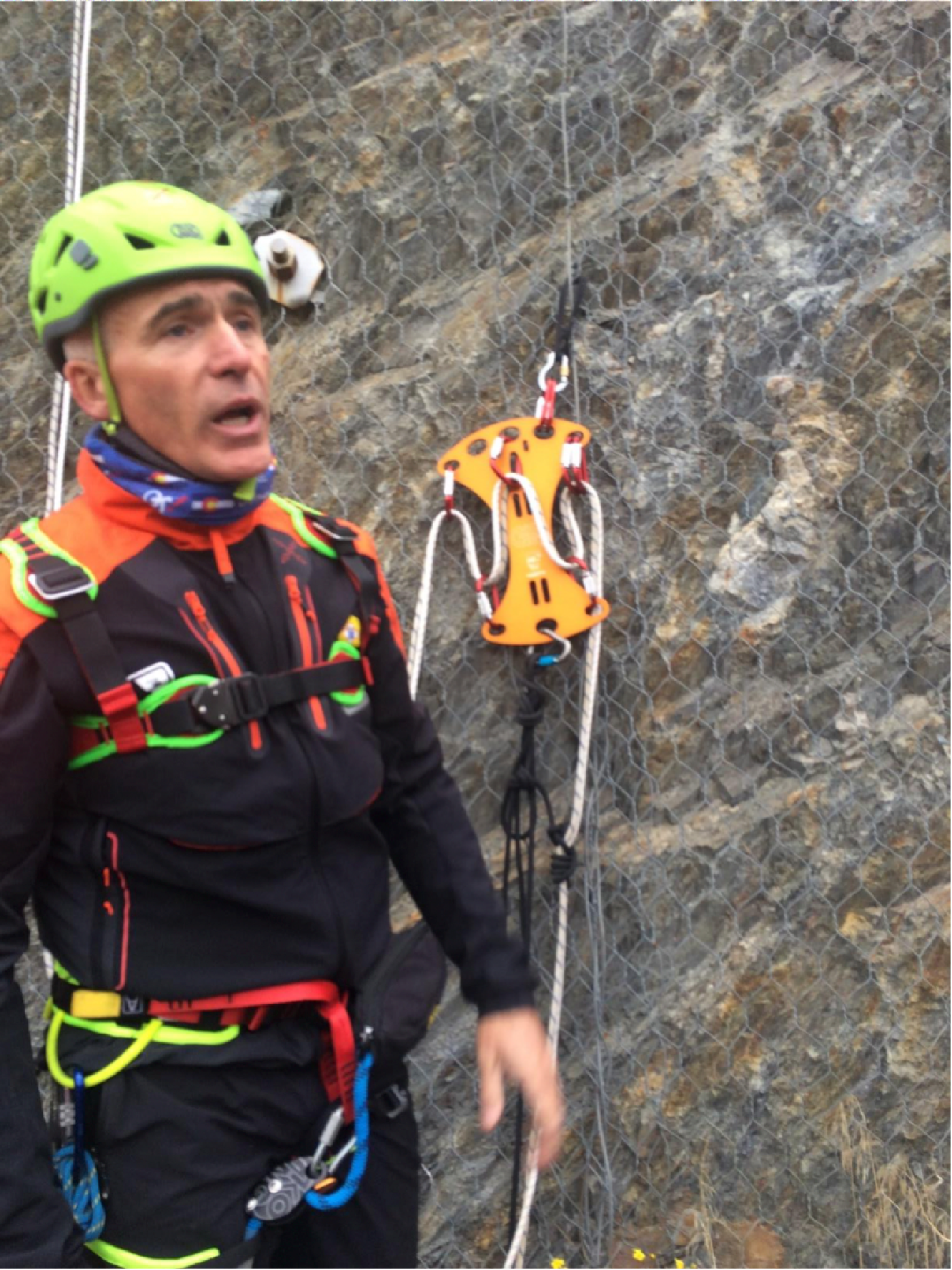
Kong Totem belay plate (you can pass the knot, a flat overhand bend right through carabineers).
AIR
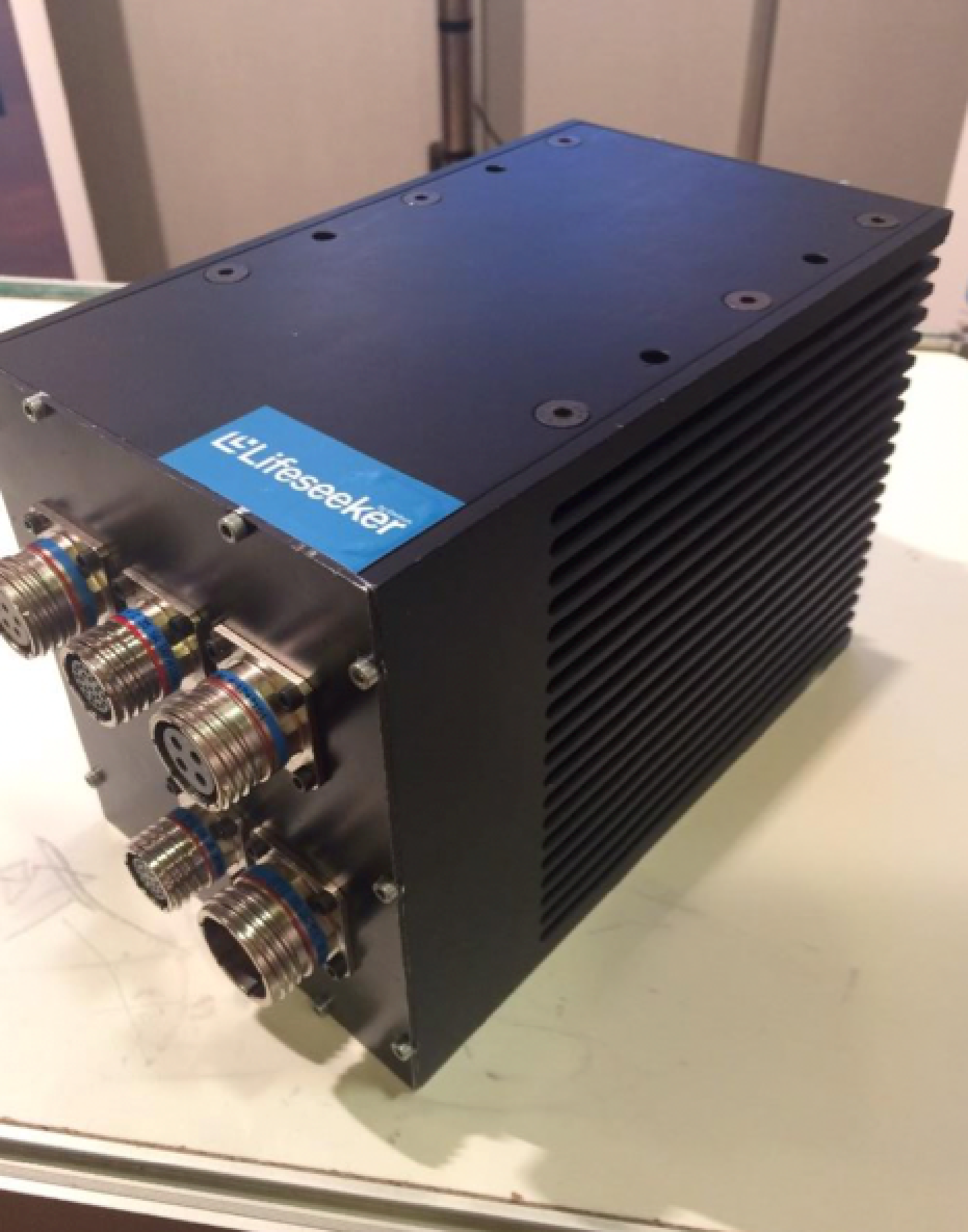
Lifeseeker cell phone receiver, aircraft mounted.
Many helicopter rescues in Europe use both hoist and long line. One exhibiting company showed a helicopter/airplane mounted cell phone detector. The Italians showed a hand-held model that detected buried cell phones in the Rigopiano Hotel avalanche. These detect cell phone pings, like a portable cell tower, but the victim’s phone must be on. The aircraft-mounted version from Lifeseeker is not available yet in the US.
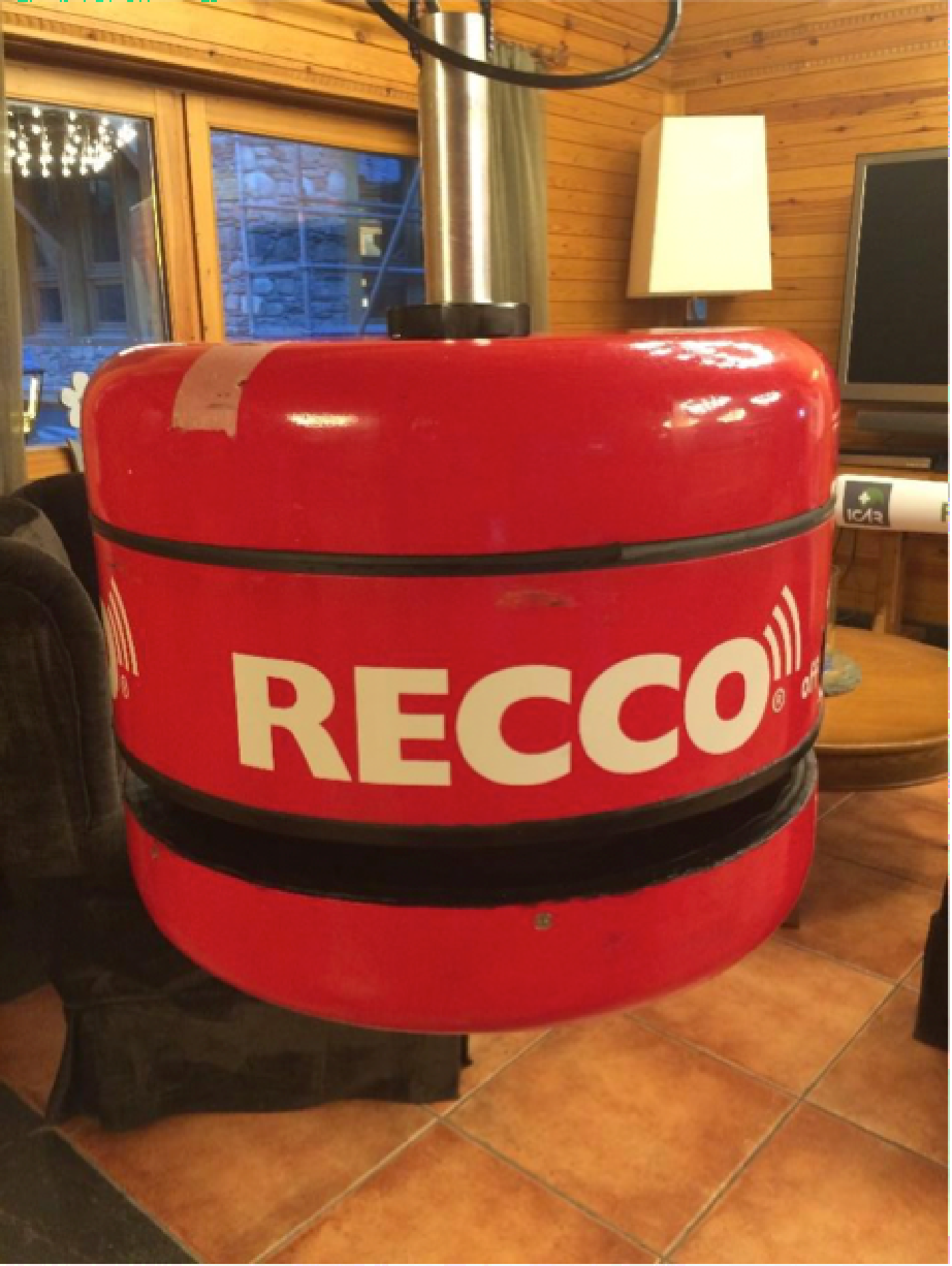
Recco long-range aircraft mounted
Recco has a helicopter mounted long-range receiver, up to 200 meters or more. This is not available yet in the U.S. Barryvox has a long-range receiver antenna which is already used in the US.
MEDICAL
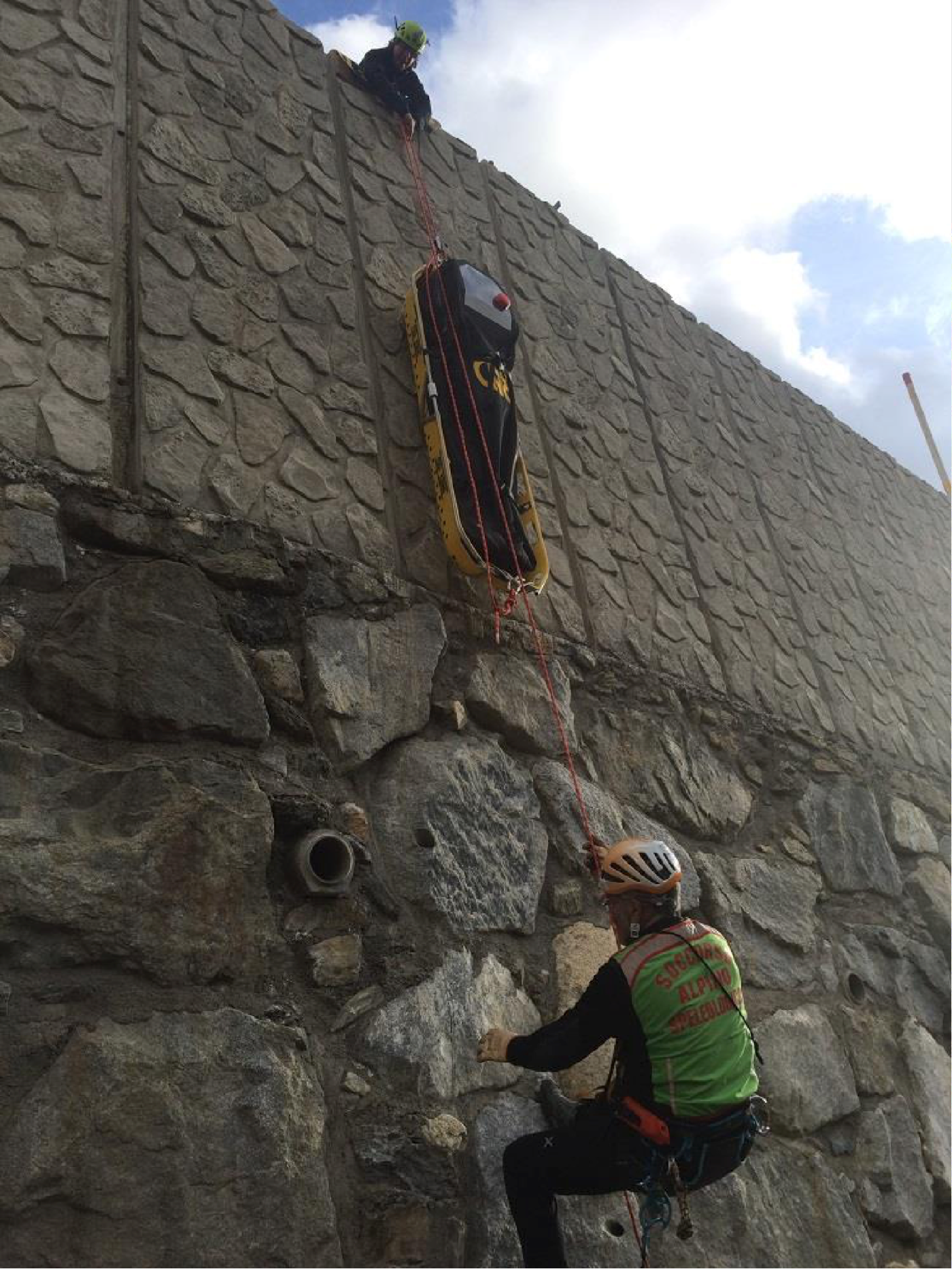
Using rescuer counterweight to raise the litter quickly, canyoning team with floating and submersible litter
The medical commission discussed a variety of topics. Intermittent CPR guidelines need to be reviewed—the short version is that it’s acceptable to pause CPR for transport. A study suggested that on avalanche burials with multiple victims, it is appropriate to do CPR for 5-7 minutes for initial victim extrication prior to searching for the second victim. The conundrum is: do you dig out everyone first or do CPR on the first person you dig out? CPR prior to complete extrication from avalanche burial may help save time if a patient is supine or sitting—up to 4 minutes – but you’re doing CPR in a hole, which is difficult. Trauma likely causes a higher percentage of avalanche fatalities than previously thought—possibly up to 30 percent. Selective spinal immobilization and clearing of C- spine in the field—a big trend in the U.S.—was not discussed. A talk reinforced that for avalanche survival with complete burial, the only good outcome is bystander rescue with a short burial and quick return of life. Fatalities directly correlate to duration of burial and an air pocket, and if a professional rescue team is called in, it probably is too late.